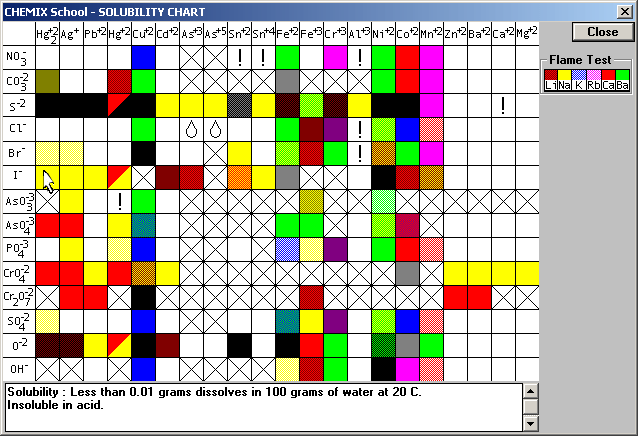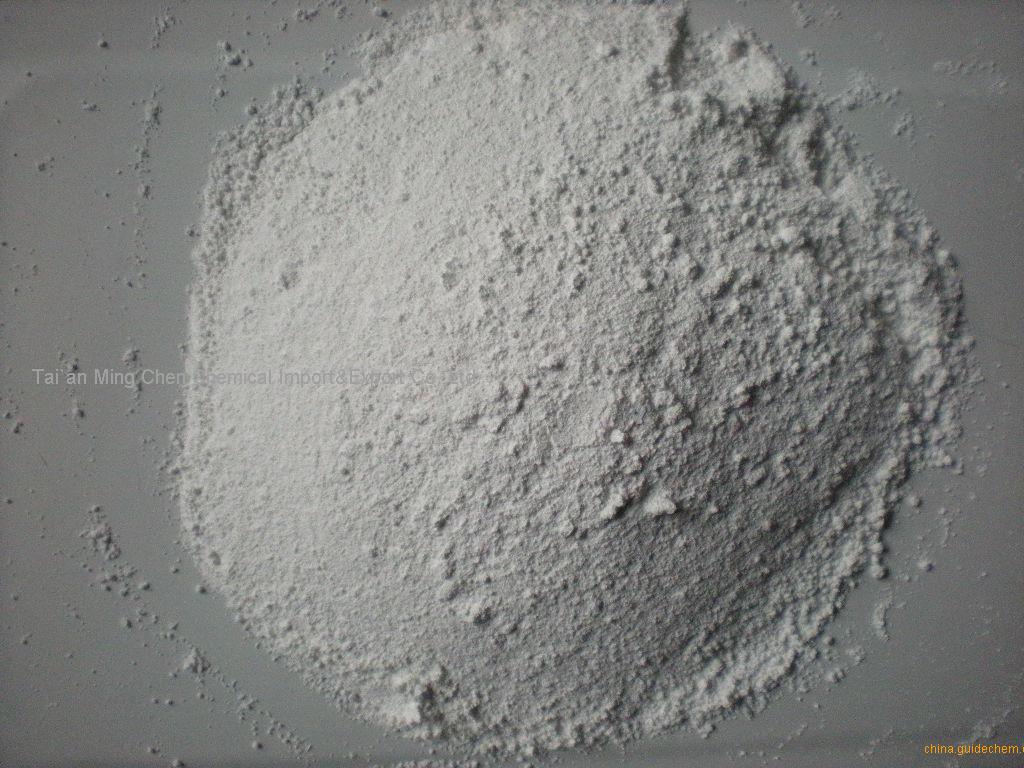
īarium hydroxide is occasionally used in organic synthesis as a strong base, for example for the hydrolysis of esters and nitriles, and as a base in aldol condensations. This allows the use of indicators such as phenolphthalein or thymolphthalein (with alkaline colour changes) without the risk of titration errors due to the presence of carbonate ions, which are much less basic.
Barium sulfate precipitate color free#
Its aqueous solution, if clear, is guaranteed to be free of carbonate, unlike those of sodium hydroxide and potassium hydroxide, as barium carbonate is insoluble in water. This industrial application is also applied to laboratory uses.īarium hydroxide is used in analytical chemistry for the titration of weak acids, particularly organic acids. This application exploits the very low solubility of barium sulfate. The monohydrate is used to dehydrate and remove sulfate from various products.

Industrially, barium hydroxide is used as the precursor to other barium compounds. Coordination sphere about an individual barium ion in Ba(OH) 2.H 2O. In the octahydrate, the individual Ba 2+ centers are again eight coordinate but do not share ligands. Each Ba 2+ center is bound by two water ligands and six hydroxide ligands, which are respectively doubly and triply bridging to neighboring Ba 2+ centre sites. The Ba 2+ centers adopt a square antiprismatic geometry. The monohydrate adopts a layered structure (see picture above). At 100 ☌ in a vacuum, the monohydrate will yield BaO and water. It crystallises as the octahydrate, which converts to the monohydrate upon heating in air. This white granular monohydrate is the usual commercial form.īarium hydroxide can be prepared by dissolving barium oxide (BaO) in water: The monohydrate ( x = 1), known as baryta or baryta-water, is one of the principal compounds of barium. So we might predict that a non-polar solvent that doesn't dissolve salts would be a bad solvent for a double replacement reaction.Barium hydroxide is a chemical compound with the chemical formula Ba(OH) 2. The more you know about how the reaction occurs, and the more you know about the properties of different solvents (like their polarity), the more educated of a guess you can make! For example, in double replacement reactions, we know that the solubility of the reactants is important because we need free ions around. In general, it's tricky to predict for any random reaction what medium it might need. Water is a really great solvent whenever you want to have ions around.


Double replacement reactions always occur in water, with the reactants in the aqueous state. Luckily, there aren't that many strong acids and bases, and you can learn morem about this from this video: Īnything that is soluble in water and dissolved (separated into individual cations and anions) is in the aqueous state. It is helpful to have the strong acids and bases memorized, since they have special reactivity. The cation (or positively charged ion) of the salt comes from the base, and the anion (or negatively charged ion) comes from the acid. If you have tried this reaction at home, you probably remember a lot of fizzing because the neutralization reaction is accompanied by a gas-producing reaction, where the carbonic acid decomposes into carbon dioxide gas-bubbles!-and water.Ī salt is generally any ionic compound, though I have also seen it defined as an ionic compound that is formed when you react an acid and a base. A + B − + C + D − → A + D − + C + B − \greenD NaCH 3 COO start text, N, a, C, H, end text, start subscript, 3, end subscript, start text, C, O, O, end text.


 0 kommentar(er)
0 kommentar(er)
